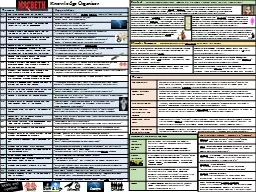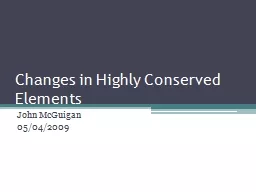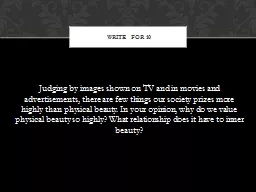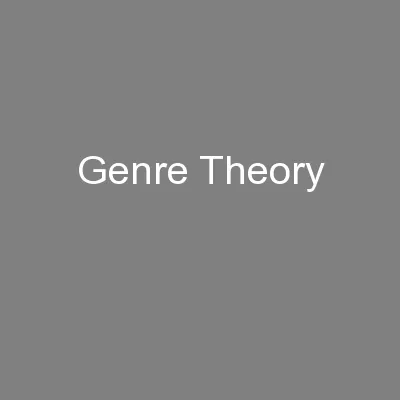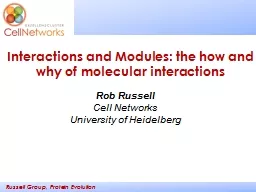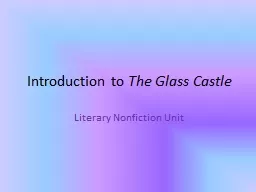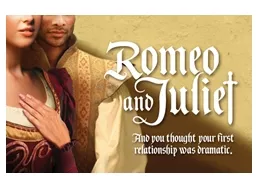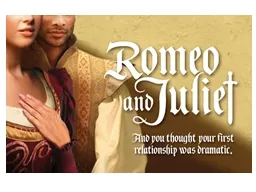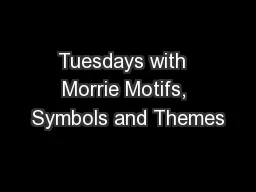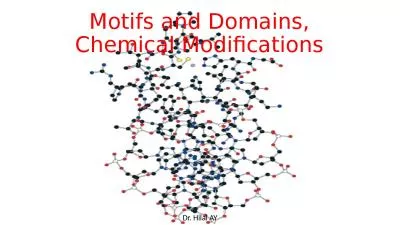PPT-Motifs and symbols Themes
Author : faustina-dinatale | Published Date : 2019-11-23
Motifs and symbols Themes The Supernatural The s upernatural interacts with key characters in different ways witchcraft exposes Macbeths inner evil and directs him
Presentation Embed Code
Download Presentation
Download Presentation The PPT/PDF document "Motifs and symbols Themes" is the property of its rightful owner. Permission is granted to download and print the materials on this website for personal, non-commercial use only, and to display it on your personal computer provided you do not modify the materials and that you retain all copyright notices contained in the materials. By downloading content from our website, you accept the terms of this agreement.
Motifs and symbols Themes: Transcript
Download Rules Of Document
"Motifs and symbols Themes"The content belongs to its owner. You may download and print it for personal use, without modification, and keep all copyright notices. By downloading, you agree to these terms.
Related Documents

